No matter the impressive advantages Instagram has, from a huge and ever-growing active audience worldwide to convenient tools for self-expression and interaction, a rare user has not thought about an alternative. This applies to regular users as well as to influencers, brand ambassadors, and businesses.
There are a variety of reasons to look for an Instagram replacement. The platform’s users are often dissatisfied with the work of the algorithm, significantly reduced rates of reach and engagement. Because of that, independent creators and small businesses find it increasingly difficult to compete for attention with brands whose advertising budget is considerably bigger. Some people are simply tired of the IG format itself, and others even predict that Instagram will soon repeat the fate of once very popular, and now deceased MySpace.
Even if you don’t experience any problems with Instagram, being an early adopter of up-and-coming social networks is always a smart move. It helps to establish your presence and grow an audience before a platform becomes too popular and overcrowded. I’ve compiled a list of ten promising Instagram-like services, which are worth paying attention to by both regular folk and social media marketing-oriented users. The platforms are given in no particular order.
1. BeBee
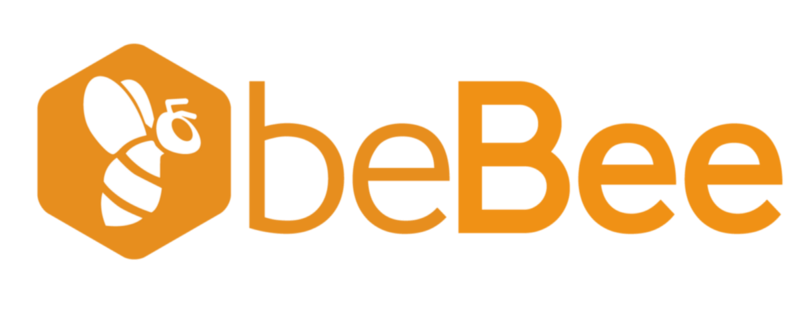
BeBee is like a baby of Instagram and LinkedIn. It’s a social networking platform that allows for sharing pictures, creating and showcasing interesting content, as well as marketing yourself to potential employers, customers, or clients. The platform is described as an affinity network through which users can demonstrate their own brand and connect with like-minded people based on shared professional and personal interests.
Users referred to as ‘bees’ on the platform, and connect with each other within small thematic communities (‘hives’), and build the profiles through content (‘honey’) production. If one ‘bee’ posted something that has previously been published by another ‘bee’, the post appears as ‘shared buzz’ and then leads the bees to continue the conversation on the topic together. This social repository feature ensures that the content is authentic and helps to avoid duplication and theft.
What’s more, BeBee is notably more inclusive in comparison to LinkedIn that focuses more on high and mid-range professions. BeBee welcomes ‘bees’ that occupy any and all professional positions, entry-level and executives alike. Unlike Instagram, BeBee doesn’t limit the organic reach and assures that 100% of the followers will always be able to get a taste of your delicious ‘honey’ right from their feed.
2. Vero
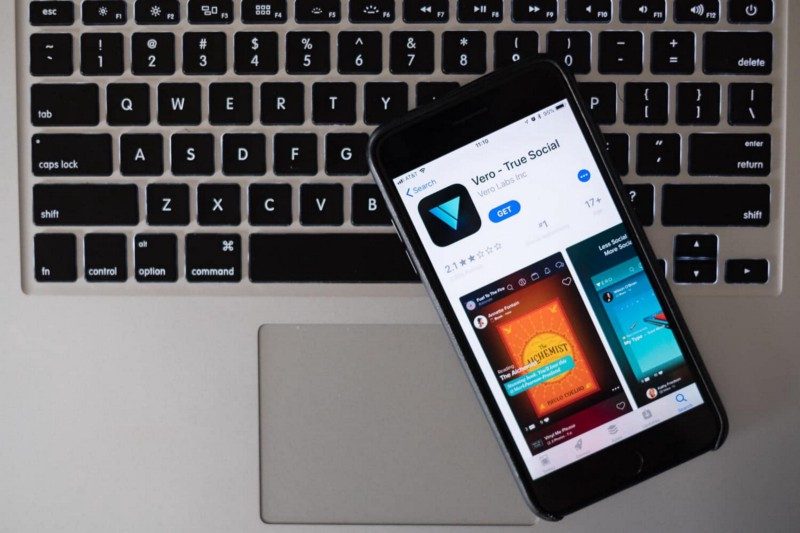
From the very beginning, Vero presented itself as a new kind of social network that is like Instagram but without the infamous issues regarding the advertising, privacy, and algorithms.
Vero users don’t get bombarded with ads every other post, and what they see in their feeds is shown chronologically. Unlike Instagram, the platform allows for sharing not only photos and videos, but also music, movies, TV shows, books, links, and even the go-to locations. Users create their personal profiles like collections of different media and other things they like.
Vero offers more flexibility in managing the content visibility than the majority of the social media giants. The audience can be separated into three categories: close friends, friends, and acquaintances. Users can adjust the privacy settings of each post individually instead of making the entire account private, like you’d have to on Instagram or Twitter, in cases when you want to share something that is rather personal.
The lack of advertising ability shouldn’t scare marketers off. Vero has unique discovery and research powers Instagram could never provide simply because of its concept as a platform. It’s far easier to gain insight into what interests and matters the most for your target audience using Vero than any other social networking service. Even if you don’t consider it to be a strong contender for Instagram (at least just yet), you can effectively use it as an additional tool for valuable insight and inspiration for your future campaigns.
3. Steemit
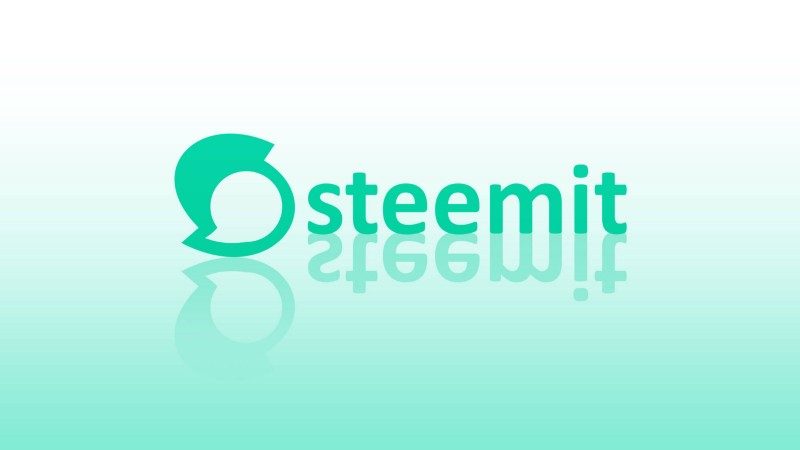
Steemit is another social media platform unique in its own right, though obviously based on widely used services like Reddit and Tumblr. It’s a decentralized blockchain-based blogging and social networking platform that rewards users with virtual currency (STEEM and Steem Dollars) instead of the hollow likes and upvotes. Users receive the monetary rewards for voting posts and comments, as well as for curating popular content. The amount of STEEM Power the platform users have influences their vote strength and curation rewards.
Just like on other social media platforms, Steemit users can follow and be followed by one another, create text posts, and add or publish images. However, other multimedia content cannot be uploaded right on the platform and instead has to be embedded from other websites.
The design and the feature spectrum leave much to be desired, but the safety and security aspects definitely make Steemit a more trustworthy network than Instagram and Facebook.
While social media giants profit off user-generated content and shamelessly collect personal data giving nothing in return, Steemit’s transparency and reward system is a breath of fresh air many creators longed for. The platform introduced a new kind of attention economy, allowing creators to get cold hard cash for their valuable contributions instead of getting by on exposure that doesn’t pay the rent.
4. TikTok
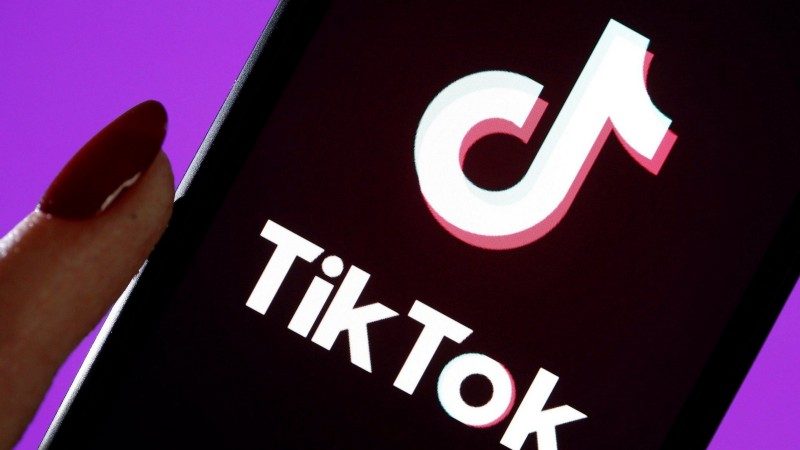
TikTok is likely to already be a part of your social media marketing strategy as it’s made it big in the past few years. Basically, it’s a successor of Vine that popularized the short video format, with the addition of a creative twist — lipsync and dance videos became TikTok’s signature.
The possibilities to create reaction videos and duet with other users have definitely added up to the platform’s success, too.
Just like Instagram, TikTok provides a variety of AR filters, fun effects and hashtags, direct messaging feature, live streaming, and the universally frowned upon algorithm-based feed. The latter works based on artificial intelligence-powered analysis of individual interests and preferences, and then reorganizes the feed accordingly. For those brands and creators whose target audience is around the ages of 16–24, TikTok is a great place for advertising and influencer marketing, especially for e-commerce and fashion businesses.
But let’s not ignore the elephant in the room: if safety and privacy mean anything to you, avoiding TikTok like wildfire is a must. Privacy concerns were expressed on multiple occasions before, but what has been revealed about the nature of the service just at the end of this June is truly disturbing. A researcher reverse-engineered TikTok, then posted his findings on Reddit, and the world gasped in horror. It’s not exactly news that major social networks like Facebook and Instagram, collect personal user data, and use it for their own gain, but the magnitude at which TikTok does it is unparalleled.
The platform is claimed to be a data collector masked as a social network rather than a social media platform from its inception. TikTok allegedly has access to the information about users’ phone hardware, other installed applications, everything related to the IP, WiFI access point name, whether the device is jailbroken, etc. Not only that, TikTok is actively trying to hide what specifically is being collected. Count in these facts when making your decision on using TikTok.
5. Caffeine
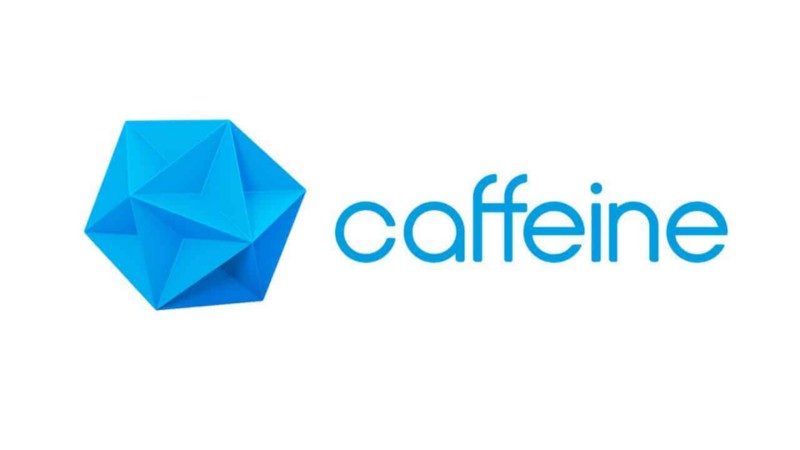
Caffeine is a social broadcasting platform that features popular mainstream entertainment channels. Created by two former Apple designers Ben Keighran and Sam Roberts, the platform is similar to Twitch in many ways, except it’s more simple and doesn’t have any ads or subs. Creators make money off digital items purchased by their viewers. The items are used to interact with creators during live broadcasts.
Unlike Twitch and other video streaming competitors, Caffeine gives a chance for social broadcasters to earn some money, no matter the size of their audience. Even if a content creator cannot get more than 10 viewers on the stream, they still have a chance to secure the bag granted they engage the audience. Caffeine is also not as gaming-focused as its main rival Twitch, offering a broad library of different entertainment channels, talk shows and live podcasts included. The execs raised a whopping $46 million to improve the platform’s data system, and grow the engineering and content teams. As a result, it allowed for ensuring smooth broadcasting without delays that Caffeine prides itself on.
What’s more, Caffeine got backed by Fox and Disney, and cooperated with big celebrities, such as Offset (of Migos fame), The Game, Ronnie2k, and the like. With such big fishes in its pool, fresh approach to streaming monetization, top-notch broadcasting quality, and simplicity of use, the service is destined to become successful. Even if you are in the business field that doesn’t normally use live streaming for promotion, it’s highly recommended to give Caffeine a go.
Broadcast a live workshop, stream a Q&A to engage and inform the audience, or come up with other ideas — live streaming helps to humanize brands and form a real connection with current and potential customers. All while making a buck of course!
6. Steller

Steller is a platform for sharing stories in a succinct way using text, audio, images, and videos. It’s a new twist on the stories format popularized by Instagram and currently used on the majority of social media platforms. Basically, it’s a dedicated service for creating, sharing, discovering and collecting stories. What makes it different from Instagram is a wider selection of layouts, design themes and personalization tools, as well as the possibility to add outbound links to your story posts.
Photographers, travel bloggers, critics, and story-focused brands have a strong chance to get the most out of the platform’s format and present their journeys and opinions in a more convenient and appealing fashion. Users can participate in community hashtags projects, follow other users and topics, and leave comments under the stories, encouraging a conversation with the Steller community. Stories created on Steller can also be saved into local collections, and also republished to other social networks, shared via email and SMS.
7. Triller

Triller describes itself as “an entertainment platform built for creators”. It’s a service that allows for creating, editing, and sharing short videos, usually around 15 seconds long. Just like TikTok, Triller’s main rival that the service pledged to overthrow, it works on a pretty simple basis: users choose a song either from the platform’s library or their own, select the song part that they want to feature, record a video and then customize it and edit it with the help of dozens of native filters. The platforms’ algorithm then automatically edits all the takes users made and combines them together in a way that a professional editor would. If the results aren’t satisfying, there is always an option to re-edit and get a brand new video. The clips can be shared on the platform and reposted onto other social networks like Instagram, Facebook, Twitter, WhatsApp, etc.
Triller users can set up either a user or a creator account. The difference between the two is that creators get crowdfunding features that can be used to raise money for a specific cause. Many Triller creators use the features to pay for college, own creative projects, and the like. The service is not that far behind Instagram when it comes to video marketing. On Thriller you can find influencers for your brand, and the crowdfunding possibility helps to monetize their content.
8. Mastodon

Mastodon is a free and open-source service for microblogging where users are allowed to host their own servers in the network and join the servers of others. Just like on other social media platforms, Mastodon users can create profiles, publish posts, add images and videos, all while following interesting accounts and building an audience around their own profiles.
Like Reddit, Mastodon comprises thousands of different communities. The interface parallels that of Twitter, with ‘toots’ replacing ‘tweets’ and ‘boosts’ instead of ‘retweets’. It’s not just an alternative or a mindless ripoff of the rival, either — Mastodon actually effectively solves the issues Twitter is yet to address. For starters, it allows for 500 characters per post and approximates the experience of TweetDeck with the multiple timelines on a single page. It gives more room for expression and makes it that much more convenient to use the service.
But of course, the character length and timelines count are not that much of a critical issue. The crucial improvement and difference is in the fact that, unlike Twitter, Mastodon is a decentralized, federated network. It operates as one website with information distributed across thousands of servers and websites. The subnetworks of Mastodon, also known as ‘instances’, host a variety of communities and content types, each having its own unique set of rules and filters that help to block out unwanted content. The platform’s founder believes that small communities do a better job of policing toxic behavior than a small team of any large company.
9. Lasso
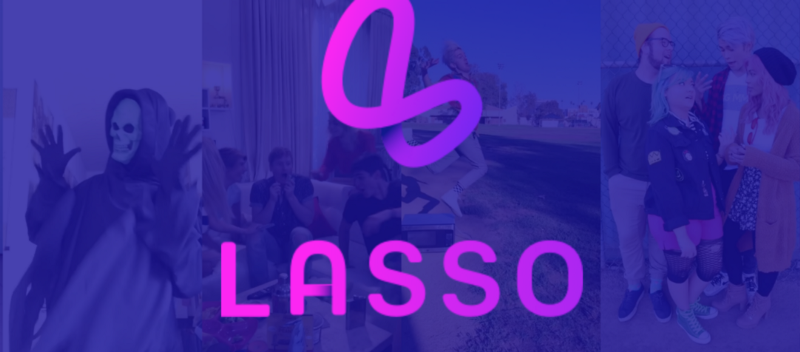
The stratospheric success of TikTok is not letting other companies rest, leaving even the biggest social media network in the world wanting a piece of that pie. Facebook is inevitably aging and losing interest of the teen audience, so the company launched Lasso as an attempt to go after TikTok. Available only on mobile devices, Lasso is pretty much a clone of its rival. The same short video format, sets of various filters and effects, broad music libraries, and hashtag-based discovery.
Lasso hardly differs from TikTok and the chances of it getting even remotely close to the competitor’s popularity would be embarrassingly low, if not for the recent TikTok ban in India over the privacy concerns. The size and power of the Indian online community were revealed when the most subscribed YouTube channel turned out to be T-Series, a major Indian record label. If Lasso plays its cards right, it very well may soon be neck-to-neck with TikTok, or even overthrow the rival. Given these facts, social media marketers are recommended to include Lasso into the list of their channels.
10. Likee
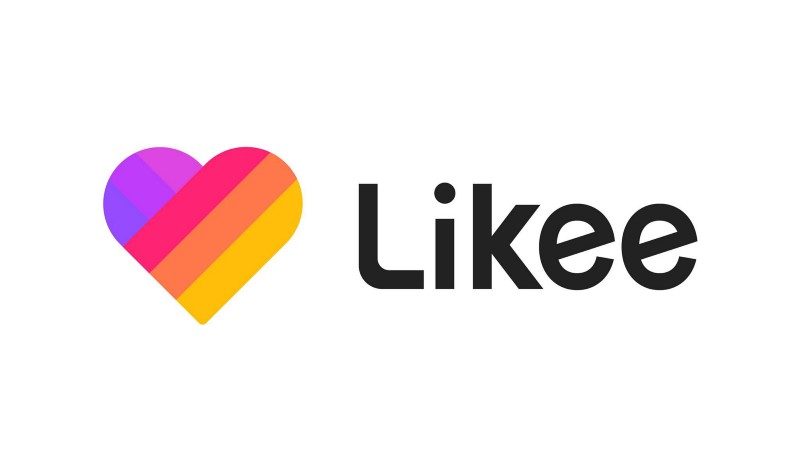
Likee, self-described as a “global short video creation platform”, is yet another challenger of TikTok. However, unlike Tencent’s Weishi and Facebook’s Lasso, Likee didn’t simply clone the basic video creation and sharing features of TikTok and called it a day. The service offers a wider range of editing tools, special effects, filters and stickers than even TikTok itself does. Likee also doesn’t force curious people into registering on the platform without trying it out first.
The service is not only a constant feed of funny videos, dances and lip-syncs, but also has different series on beauty and fitness tips, life hacks, food, and collaborative travel vlog projects made by influencers and platform celebrities. Marketers can utilize branded stickers and AR effects, push notifications, and banners with built-in links. Users can also earn money from Likee by doing live streams, participating in challenges, competitions, and sponsorships.
The service has recently reached over 100 million monthly active users, which is impressive in itself but has a long way to go to compete with the 800 million MAU TikTok has. The whole ‘Instagram but for short videos’ format has proved to be successful and engaging enough to include it into your marketing strategy. Examine all the facts about the short-form video apps given in this article, and select one that fits your brand and goals the best.
📌Follow Combin on LinkedIn, YouTube, Twitter, Reddit, and listen to our podcasts!

